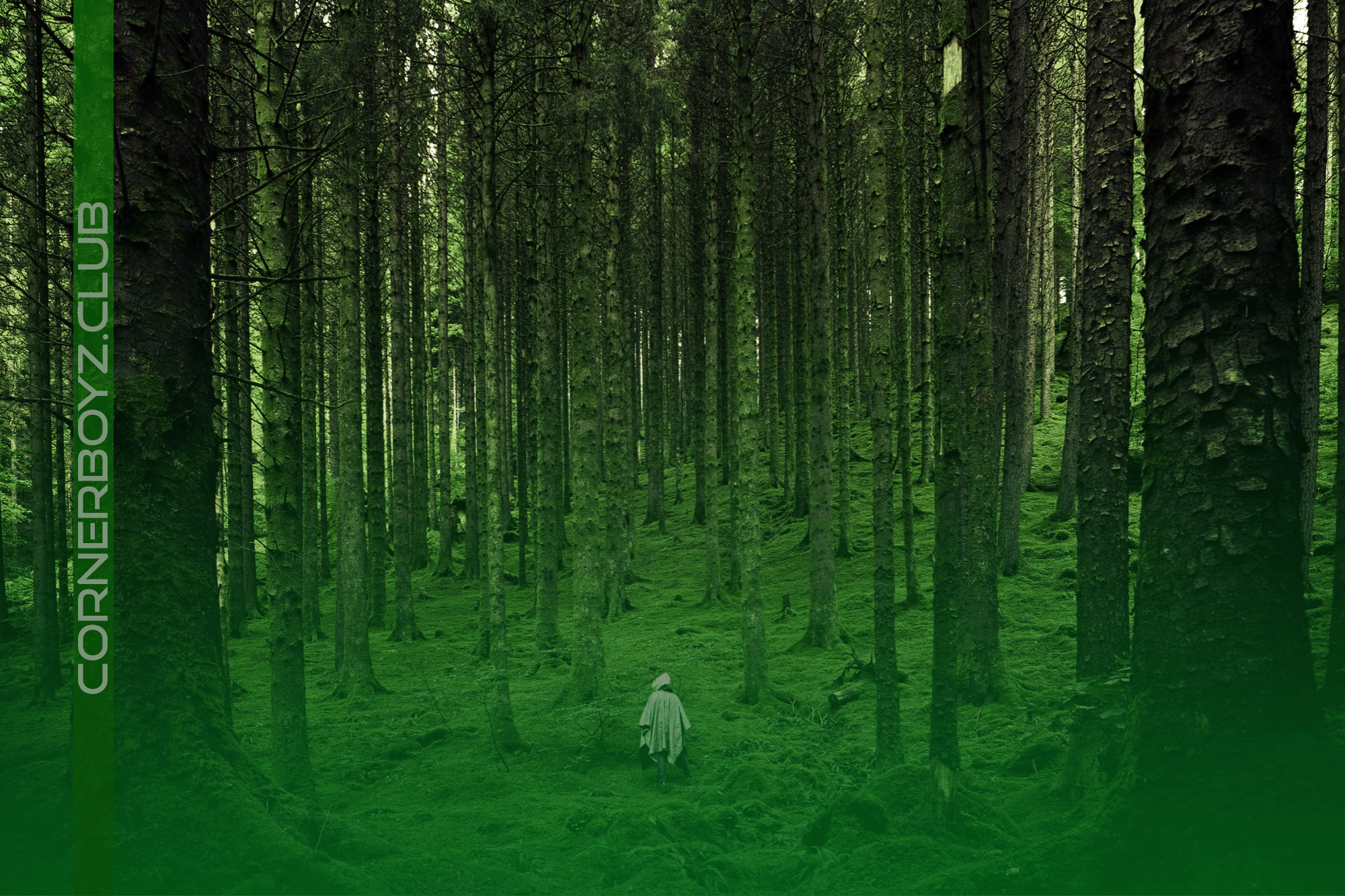
Trees help prevent flooding, release oxygen, reduce pollution, and boost both health and mood.
Trees enhance life in a multitude of ways. They combat climate change by reducing greenhouse gases in the atmosphere. They muffle sound pollution and reduce air pollution, drawing in carbon dioxide and releasing oxygen. When rain pours from the skies, trees decrease stormwater runoff, preventing flooding and soil erosion. They also provide valuable habitats to support biodiversity in insects, birds, and other animals, and microorganisms. The list goes on.
Equally important is accumulating evidence that simply spending time around trees and green spaces uplifts our health and mood. Below are a few of the biggest benefits we reap.
Climate change is causing rising temperatures and more heat waves across the US. These effects are worse for those who live in neighborhoods known as urban heat islands, where asphalt and concrete soak up heat during the day and continue to radiate it at night. Temperatures can reach 7° F hotter than suburban, rural, or simply wealthier and leafier neighborhoods.
Trees and their leafy canopy provide shade that helps to prevent urban heat islands. What does that mean for individuals? It translates to fewer heat-related health illnesses, which strike outdoor workers and younger, older, and medically vulnerable people more often. A study published in The Lancet calculated that increasing tree canopy to 30% coverage in 93 European cities could prevent an estimated four in 10 premature heat-related deaths in adults in those cities.
Spending more time in nature has been linked with better health outcomes like lower blood pressure, better sleep, and improvement in many chronic conditions in adults. These findings are prompting a growing interest in forest therapy, a guided outdoor healing practice that leads to overall improved well-being. But what's also remarkable are the varied benefits of trees and nature for children.
One study of children 4 to 6 years old found that those who lived close to green space demonstrated less hyperactive behavior and scored more highly on attention and visual memory testing measures compared with children who did not.
Just seeing trees can have mental health benefits. In Michigan, a study of children between the ages of 7 and 9 demonstrated that students who could see trees from their school windows had fewer behavioral problems than those with limited views.
In Finland, researchers modified daycare outdoor playscape environments to mimic the forest undergrowth. These daycares were compared to control standard daycares and nature-oriented daycares where children made daily visits to nearby forests. At the end of 28 days, the children in the daycares with modified forest undergrowth playscapes harbored a healthier microbiome and had improved markers of their immune systems as compared to their counterparts.
Having green space in neighborhoods also does a lot to enrich the well-being of communities. A randomized trial in a US city planted and maintained grass and trees in previously vacant lots. Researchers then compared these green spaces to lots that were left alone.
In neighborhoods below the poverty line, there was a reduction in crime for areas with greened lots compared to untouched vacant lots. Meanwhile, residents who lived near lots that were greened reported feeling safer and increased their use of the outside space for relaxing and socializing.
Unfortunately, urban tree canopy cover has been declining over the years. To counter this decline, many towns and nonprofit organizations have programs that provide trees for planting.
A few examples in Massachusetts are Canopy Crew in Cambridge and Speak for the Trees in Boston. (Speak for the Trees also offers helpful information on selecting and caring for trees). Neighborhood Forest provides trees for schools and other youth organizations across the US. Look for a program near you!
Planting trees native to your region will better suit the local conditions, wildlife, and ecosystem. Contact your regional Native Plant Society for more information and guidance. If you are worried about seasonal allergies from tree pollen, many tree organizations or certified arborists can give you guidance on the best native tree selections.
If planting trees is not for you but you are interested in contributing to the mission, consider donating to organizations that support reforestation, like The Canopy Project and the Arbor Day Foundation.
Source: Wynne Armand, MD – health.harvard.edu